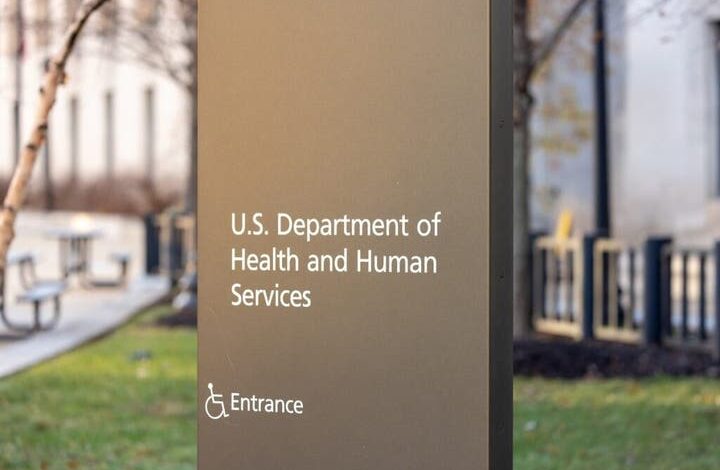First Human Case of New World Screwworm Reported in the U.S.

The Department of Health and Human Services (HHS) confirmed the first travel-associated human case of New World screwworm in the United States on August 4, 2023. This flesh-eating parasite is linked to an ongoing outbreak in Central America. The patient, who had recently traveled to El Salvador, was investigated in cooperation with Maryland health officials.
According to HHS spokesman Andrew G. Nixon, the risk to public health in the United States from this introduction remains very low. Although there were earlier reports of a Maryland case associated with travel from Guatemala, Nixon did not address this discrepancy. A Maryland state official corroborated that a case had been confirmed, while the CDC has deferred further inquiries to state authorities and has not issued a broader public statement.
Concerns over communication arose when Beth Thompson, South Dakota’s state veterinarian, remarked, “We found out via other routes and then had to go to CDC to tell us what was going on. They weren’t forthcoming at all.”
Understanding the Threat of Screwworms
Screwworms are parasitic flies whose larvae burrow into living tissue after eggs are laid in wounds. The larvae typically hatch within 10 to 12 hours, leading to rapid tissue damage. Odors and fluids from the lesions can attract additional females, exacerbating the infestation. While primarily affecting livestock and wildlife, these parasites can infest humans in rare instances. Untreated infestations can be fatal. Clinicians can usually manage cases by promptly removing larvae and disinfecting or debriding the wound, supplemented by additional therapies as needed.
The New World screwworm thrives in tropical and subtropical regions, which is why U.S. cases are attributed to travel. The United States previously eradicated the species through the sterile insect technique and maintains a biocontrol barrier via a joint program between the United States Department of Agriculture (USDA) and Panama.
Impact on Agriculture and Economy
The emergence of screwworm cases has raised alarms within the agriculture sector, particularly as the U.S. cattle herd is already near a seven-decade low. Beef and cattle markets are monitoring the situation closely. In late July, live cattle futures reached record highs due to tight supplies, with industry sources indicating that both the scarcity of cattle and screwworm concerns were contributing factors.
According to a recent report from Reuters, authorities have temporarily halted most Mexican cattle imports this year and are intensifying control efforts. The USDA plans to establish a sterile-fly production facility at Moore Air Base in Edinburg, Texas, as part of a long-term eradication strategy also employed in Panama and Mexico. The USDA has warned that an outbreak could cost Texas approximately $1.8 billion.
“This is a pest we don’t want back. This is a bad thing,” stated David Anderson, a livestock economist at Texas A&M University. “I can’t imagine having to deal with that. It’s gross.” As beef prices at U.S. retailers hover near record levels this summer, market watchers caution that potential screwworm scares could impose an additional risk premium, even if the immediate public health risk remains limited.






